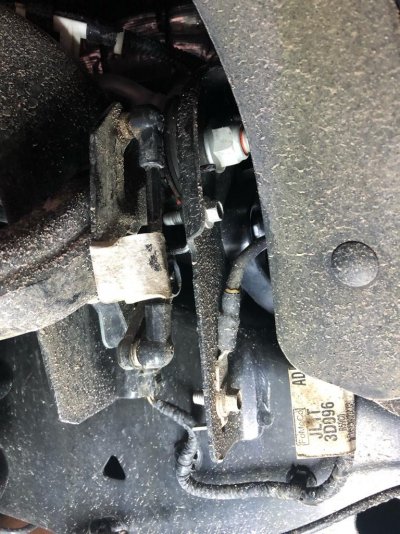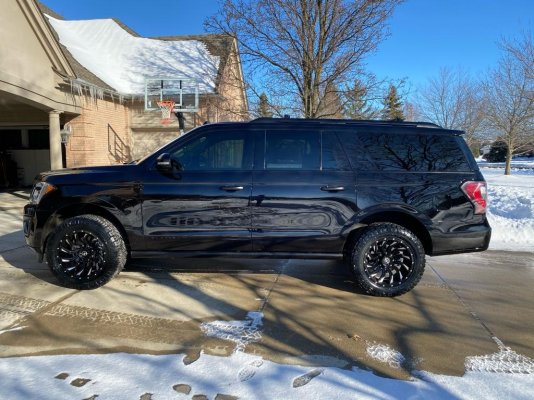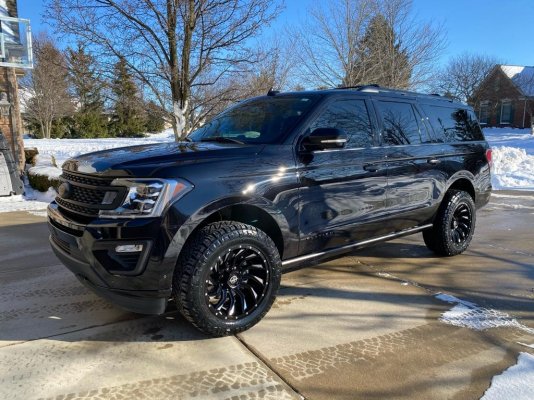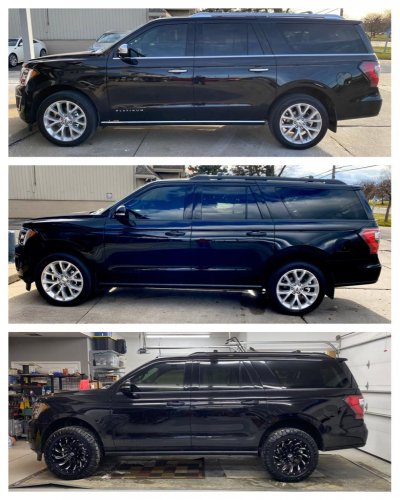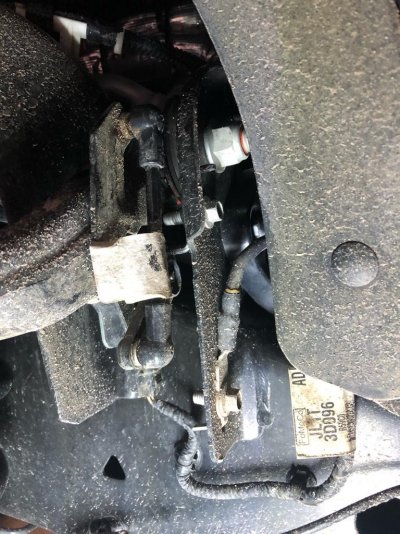Lou Hamilton
Full Access Members
Yessir, the front and rear kit. As stated by another member here who just hooked up the stock CCD links, I really cannot tell the ride difference at all. Rides great. Also, the CCD wiring was plenty long to accommodate the struts being rotated, so the tech did not switch sides.
I also don't have the equipment, so my tire shop did it. It's not rocket science by any means. They charged me strut job labor, about $400. Fine with me!
That is the other thing. I need to find a shop that I can trust.
In the past, I got my tires from a truck shop... and by truck shop, I mean commercial and big rig truck tire shop.
I know it is not rocket science, but I would like to find a shop that is at least familiar with the Expedition and its suspension. My Trick Truck custom shop has never touched an Expedition so they were hesitant to do anything other that swap tires and put a 10mm spacer to help prevent rubbing.


